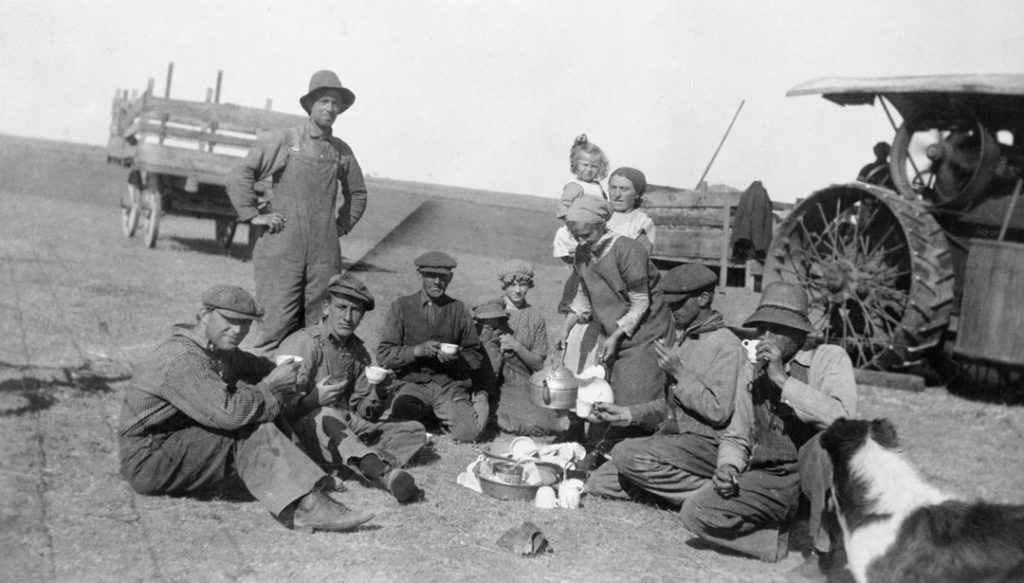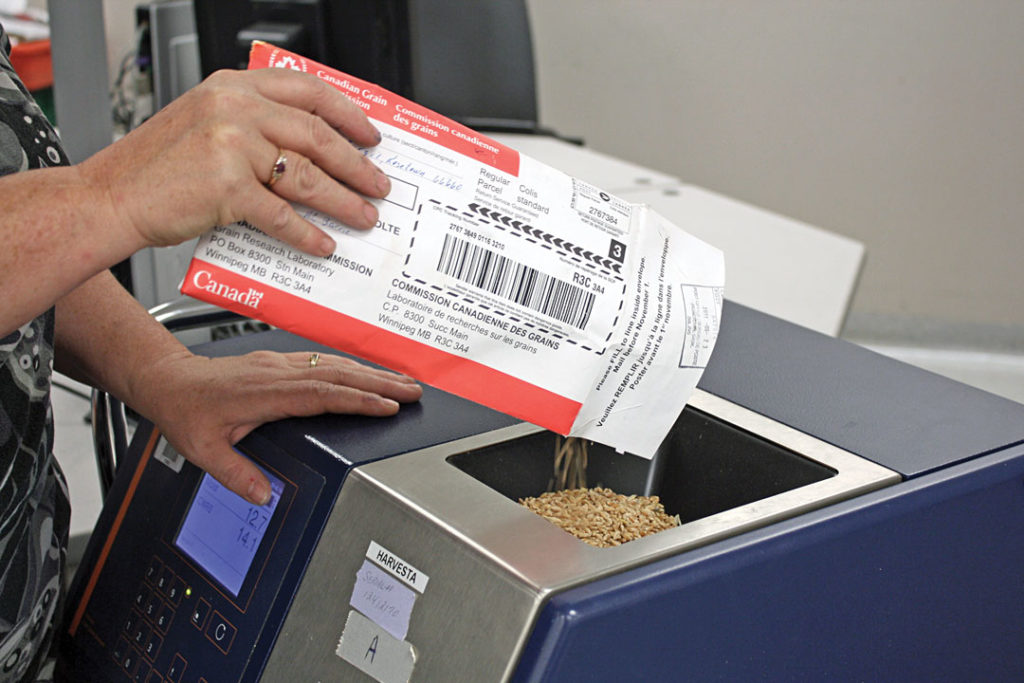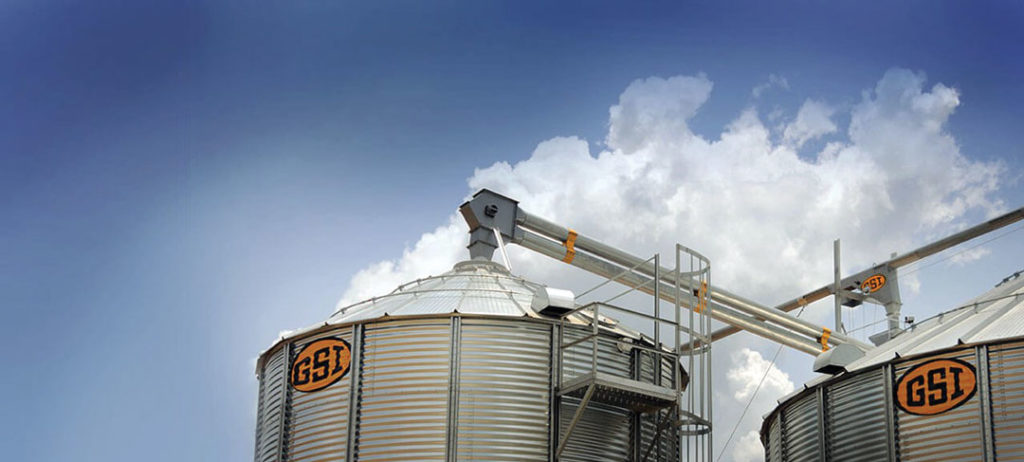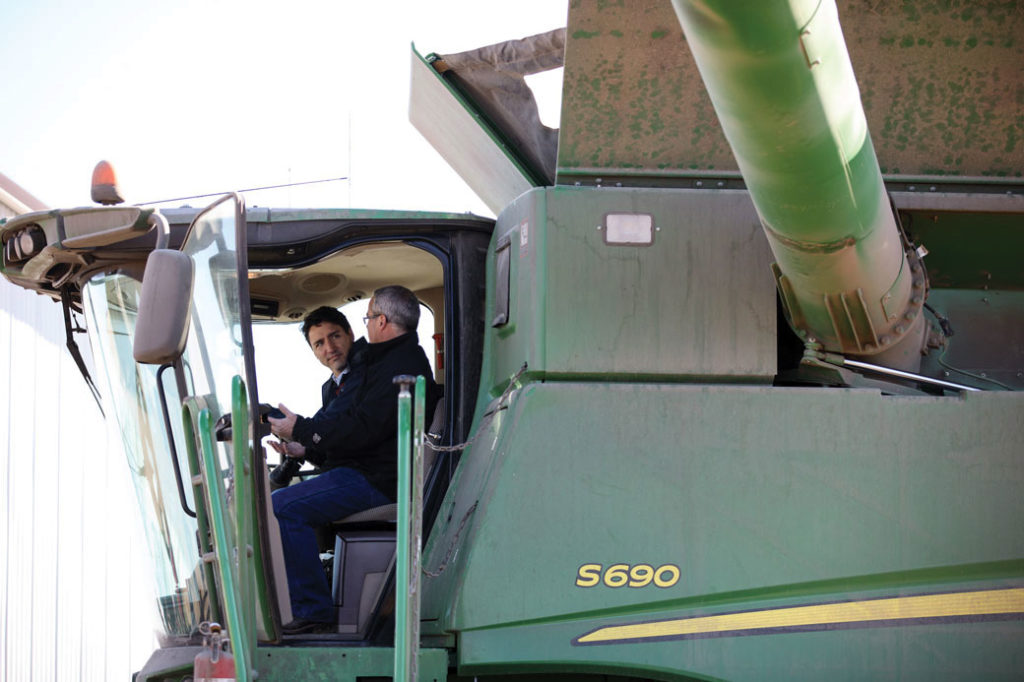FALL SOIL TESTING
For all farms, maintaining an effective nutrient management plan is highly recommended. To optimize yields, soils should be regularly sampled to determine nutrient levels and determine appropriate fertilization strategies.

For all farms, maintaining an effective nutrient management plan is highly recommended. To optimize yields, soils should be regularly sampled to determine nutrient levels and determine appropriate fertilization strategies.

From the time farmers first broke Prairie soil, harvest-time field meals became a tradition.

In collecting excess user fees from farmers, the Canadian Grain Commission (CGC) accumulated a sizable surplus since 2013/14. The almost $100 million is now the subject of an industry- wide consultation on its potential uses. The CGC is expected to announce plans to review the proposals and suggestions it has received. As the federal grain- handling regulator doesn’t have the authority to make this spending decision, ideas will be submitted to the Treasury Board of Canada Secretariat, the federal departments of justice, finance and agriculture, and Agri-Food Canada. The CGC also foresees soliciting further input before a decision is made.

Wheat prices have experienced quite a ride between spring and fall. There was a sharp rally in late June and early July as markets focused on the dry conditions in the northern plains of the U.S. and the southern prairies. Some concerns over the European crop, dryness in Australia and potential imperfections in other regions added further support, together with some strength in corn and soybean markets.

This issue of GrainsWest arrives at harvest time. In my experience growing up on a mixed farm in north-central Alberta, it was practically a sin to spill grain. But if you were on Twitter this last year, it was amazing to see farmers from around the world own up to such messy mistakes—have a look by searching for the hashtags #harvest16 and #oops!

In February 2017, the Alberta Wheat Commission and Alberta Barley launched a crop sector mentorship program. AdvancingAg: Future Leaders Program pairs mentees aged 18 to 35 with crop sector professionals. The aim is to foster a strong network of future agricultural leaders. Stacie Yaremko and Allison Ammeter are one of the eight pairs.

According to agricultural experts, grain-drying technologies are being drastically overlooked in the Canadian farming industry, and many farmers could be losing out on profit by not taking advantage of the evolving tools at their disposal.

One hundred and nine Nobel laureates can’t be wrong.
Matt Sawyer, a grain and oilseed farmer who raises Black Angus cattle near Acme, AB, and Western Canadian Wheat Growers Association director, said scientific consensus overwhelmingly pronounces foods made from genetically modified organisms (GMOs) safe and nutritious.

As sayings go, “If it ain’t broke, don’t fix it” may not be profound, but for Canadian farmers faced with the reopening of the North American Free Trade Agreement (NAFTA), it offers more than a “grain” of truth. What impact might this have on grain trade among the three parties to the agreement (Mexico being the third), and Canadian grain farmers in particular?

Canadian agriculture is not only alive and well—it’s thriving, according to the 2016 Canadian Census of Agriculture.